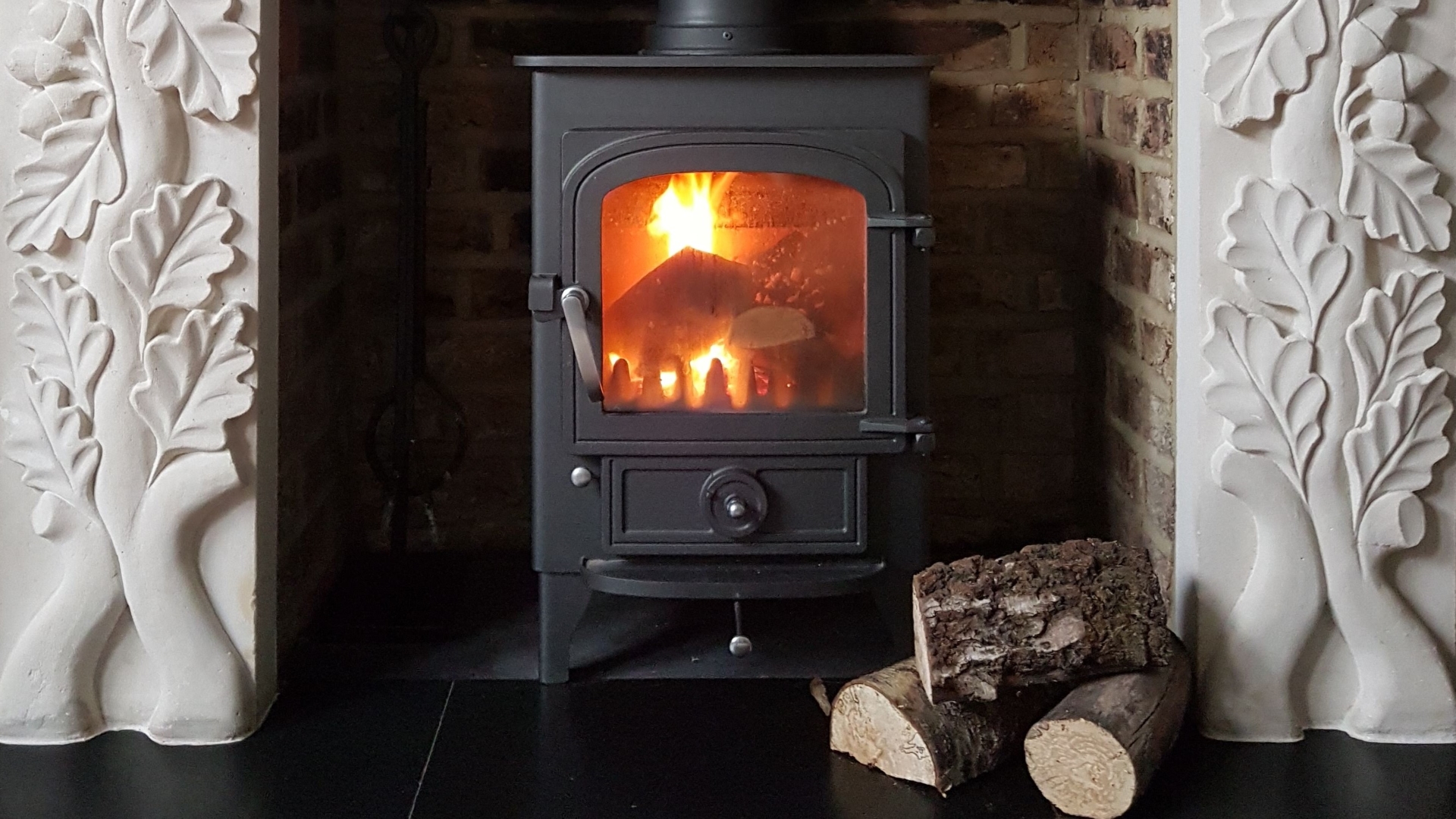Many of us have been much more confined to our homes recently, because of all the measures being introduced to control the pandemic. It’s enough to make even the most resilient human feel the prickly sensation of claustrophobia, particularly if we’re working as well as living in the same space. But there are things we can do – based on the principles of interior design for wellbeing – that can make us feel less hemmed in and constrained.
I’m going to divide these tips into three main areas: acceptance, movement and connection.
Hunker down and lean in
Firstly, let’s focus on acceptance, and leaning in. We can’t change what’s happening but we can try to embrace this opportunity to hunker down, to get to know and love every corner of our living space, and to carve out areas that will support our wellbeing at home. What does this mean in practice?
Reassure yourself by creating cosy corners to curl up in, using cushions and throws, and choosing seating which puts comfort high on the list. Light a fire or some candles (by day or night) to create a sense of safety and relaxation.
Create a space for reflection: a calm and clear area, ideally with a view (whether urban or rural) where you can sit and be still – it could be a window seat, a sofa facing the garden, or an armchair by a Juliet balcony.
Notice the natural rhythm that happens in your home every day: the way the light moves through it and around it; the way the colours and sounds outside your windows change by the hour – things are shifting all the time even when it feels as though we’re all stuck.
Plan any changes you need or would like to make to your home, because someday soon we’ll be back to frenetic activity and this enforced pause will be but a distant memory.
Keep your energy moving
Next, let’s think about movement and change. When we’re holed up in our homes it’s easy to feel very stuck. So creating a sense of flow and energy inside our living spaces is vital. There are different ways that you can do this.
Open your windows: when you let fresh air in, not only are you cleansing the heavily polluted indoor airspace, but you’re allowing the breeze and the daily rhythms of the natural world to stir within your home.
Clear out any rooms or areas that you notice are feeling cluttered or stale; reducing the clutter gives your favourite possessions room to breathe and is a great way to shift your mood.
Rearrange furniture so that you can see your home with fresh eyes and make it work for the way that you are living right now; repositioning the items you already own is one of the most cost-effective ways of transforming your living space.
Generate a feeling of flow and movement by ensuring that walkways, views and doorways are unobstructed.
Nurture your relationships
Finally, let’s consider connection. It’s true that social distancing has attacked our sense of connection to other human beings, leaving us feeling a little marooned in our homes. But our living spaces are also a potential source of deep connection if we design them right. They should support our deepest connection to ourselves; they should nurture our relationships with the people we live with, our friends and our family; and they should cement a broader connection with our cultural identity. If you’re currently feeling a little disconnected here are a couple of ideas to try.
Establish a corner of your home where you can go when you need time to reconnect with yourself: somewhere away from where you work, and where you can shut everyone else out! A comfy armchair in the corner of your bedroom can work well.
Turn your seating in the living room so that sofas and chairs are facing each other, rather than perpendicular; this creates a more intimate and social space in which to connect with your household.
Honour the most important relationships in your life by displaying and using objects that remind you of loved ones: a hand-made quilt stitched by a beloved granny, a house plant propagated from one in your best friend’s home, or an old book passed on by a parent.
Celebrate your heritage by weaving in colours, objects, sounds and scents that you associate with the story of who you are and where you’ve come from.
If you’d like to improve your wellbeing at home, please get in touch. I can help you to create a home that feels as good as it looks. You can also follow me on Instagram for more tips and inspiration on interior design for wellbeing.

